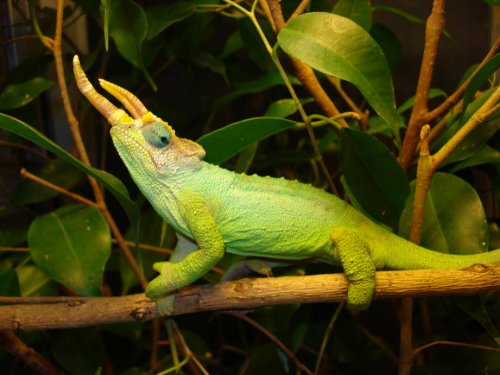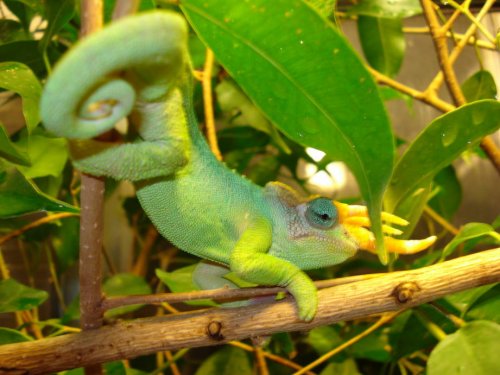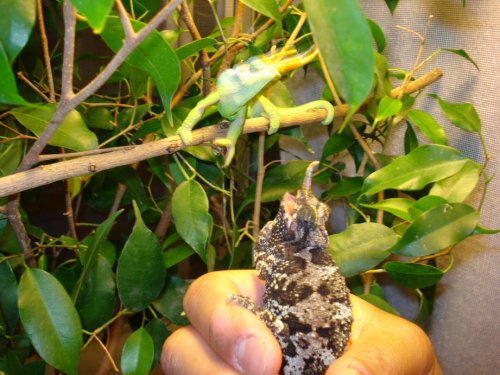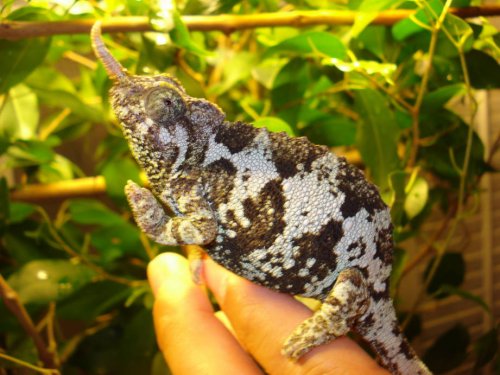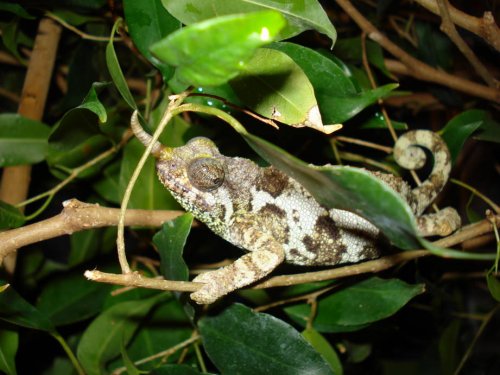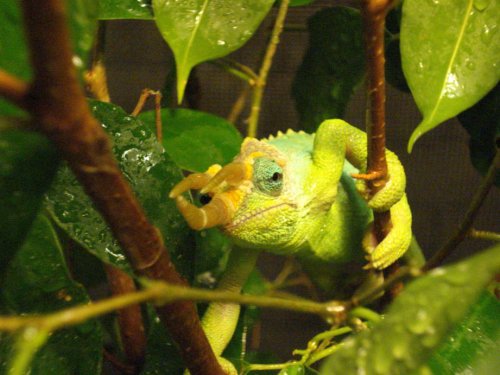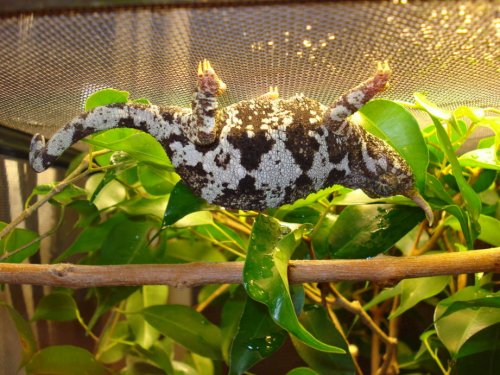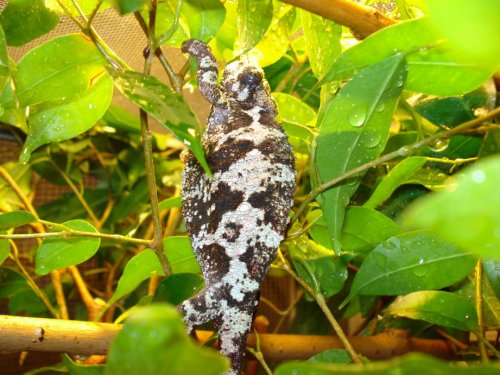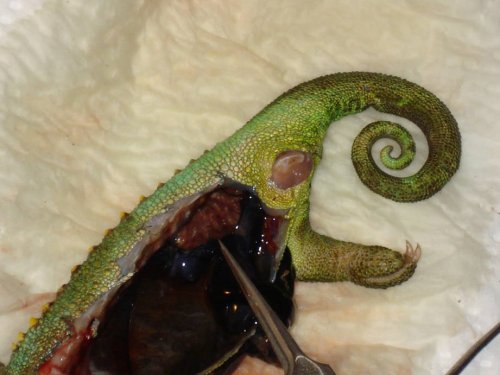Edward Kim
Established Member
Finally had some time to take some pictures. Since I contribute their good health (or higher survival)  to this forum I thought I'd share. BTW for the group that was waiting for babies I apologize
to this forum I thought I'd share. BTW for the group that was waiting for babies I apologize  it seems like they were plugs not babies.
it seems like they were plugs not babies.

